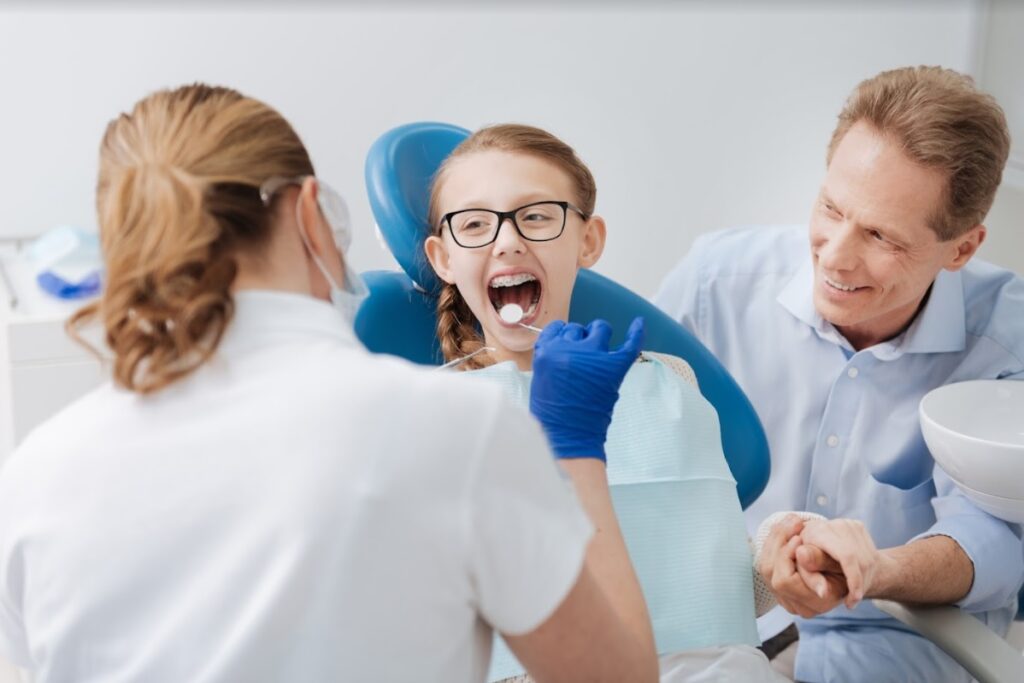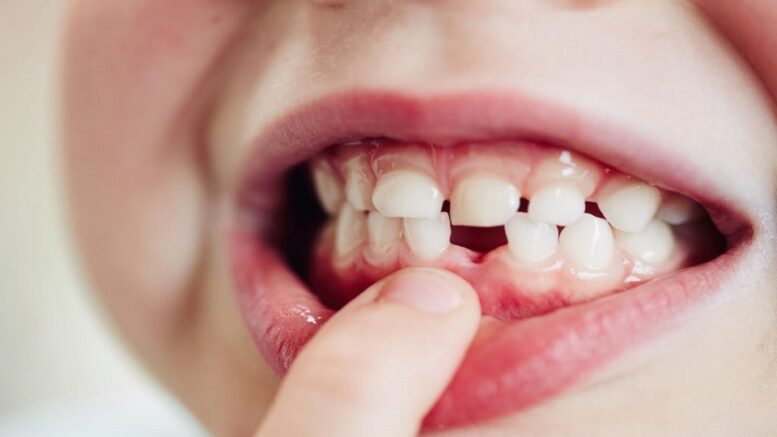Ensuring your child’s good oral health is essential, as it plays a vital role in speech, eating, and enhancing their appearance. However, daily activities, accidents, and untreated dental issues can pose a risk to the functionality of your child’s teeth. It could result in a minor or major dental emergency.
A dental emergency requires immediate attention to stop bleeding, alleviate severe pain, treat infections, or save a tooth.
If you have kids who’re always up and about and prone to injuries and falls, you should be able to identify a dental emergency and know how to help your child before they can get professional dental care.
Here are common dental emergencies and how to handle them:
Knocked Out Tooth
A knocked-out tooth is also known as an avulsed tooth. It’s a tooth that’s completely dislodged from its socket.
Knocked-out teeth are common among children. It can happen when playing sports, engaging in rough games, or falling from a bicycle.
What To Do
- Find the missing tooth.
- Hold it by the crown, which is the exposed part when it sits in your mouth.
- Rinse off with water if it’s dirty.
- Keep it moist by soaking it in milk or a teeth preservation fluid.
- Don’t remove any tissue fragments from the tooth.
After taking these steps, visit Kakar Dental Group or other qualified local pediatric dentists as soon as possible. The dentist may be able to re-attach a knocked-out tooth to its socket.
Broken Braces
Braces aid in teeth alignment by applying pressure. Over time, the teeth conform to the pressure and align. Braces are quite common with children as they correct their teeth’s structure and aesthetics.
Broken braces may occur due to biting into hard and sticky foods, brushing too hard, and sustaining mouth injuries. The resulting damage to braces includes missing brackets, bent and broken wires, and wires sticking out in different directions.
What To Do
- Reposition the broken part into a more comfortable position.
- Don’t cut the wires.
- If the wires are sticking out, place a small cotton ball at the end to prevent further injury to the inside of the cheeks or gums.
Wires sticking out can pierce the inside of your child’s mouth and cause much pain. Merely touching the wires can aggravate the pain, and they might be afraid to visit the dentist. In this case, a practitioner who specializes in pediatric sedation dentistry may be able to help.
Dental sedation is particularly beneficial for children with severe dental anxiety. The sedative will help your child relax, as they won’t feel any pain as the dentist repairs or replaces the braces.

Most people don’t consider broken braces as an emergency. However, you should treat it as one if the damaged braces poke the inside of your child’s mouth, causing pain and discomfort. It’s crucial to take your child to the dentist as soon as possible to avoid further harm or injury.
Chipped Teeth
A chipped tooth is a broken tooth or one that lost a part of its enamel. The exposed portion can be sensitive, causing pain to your child.
Chipped teeth may result from biting hard food like candy, grinding teeth, falling, and using teeth like a tool.
What To Do
- Rinse your child’s mouth with warm salty water to prevent infection.
- If there’s bleeding, place gauze on the area until the bleeding stops.
- Apply a cold compress to reduce swelling or pain. Prevent direct contact between the ice and the chipped tooth by placing a cloth in between.
- Save the tooth fragment, storing it in milk to preserve it.
The dentist may be able to glue the fractured fragment onto your child’s tooth.
Dental Abscess
A dental abscess is a pus buildup between the teeth and gums. It looks like a pimple near the root of the affected tooth.
This infection can spread to the jawbone, neck, and head, leading to serious health issues. It’s crucial to treat it as soon as possible.
A dental abscess is often caused by poor oral hygiene and untreated tooth decay. Common signs and symptoms are severe pain, fever, swelling of the mouth or jaw, tooth sensitivity near the area, discomfort while chewing, and foul odor.
What To Do
- Rinse the mouth with a mild salty water solution several times a day until you take your child to the dentist. It will ease the pain and bring the pus closer to the surface.
- Give your child a painkiller, preferably ibuprofen.
To prevent tooth abscess, your child should brush their teeth at least twice a day, replace their toothbrush every three months, and go to regular dental check-ups. This allows the dentist to spot and treat issues before they become a serious health concern.
Prevention Of Dental Emergencies
To prevent dental emergencies, teach your child proper oral hygiene, like brushing their teeth gently twice daily and flossing once a day. Depending on their sports activities, provide them with suitable safety gear, such as helmets and mouthguards.
Conclusion
Handling dental emergencies in kids can be overwhelming. Knowing how to manage them while waiting for professional dental services is essential. Implementing the tips outlined above can help in case of dental injuries. However, always follow the guidance of your dentist.
